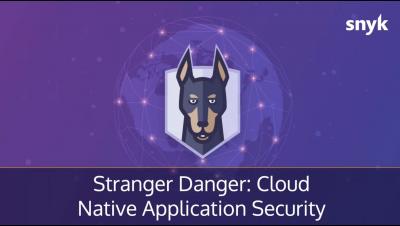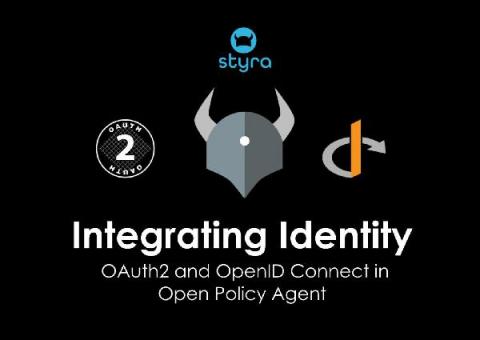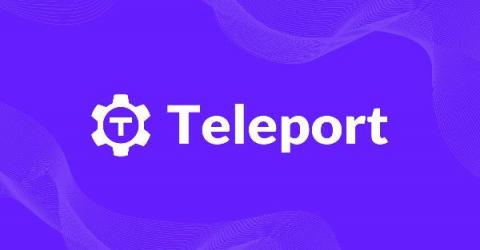Security | Threat Detection | Cyberattacks | DevSecOps | Compliance
DevOps
Open Source Licenses in 2021: Trends and Predictions
As this year comes to a close, it is a good time to take a look at the trends of open source license usage in 2020 and compare them to previous years. Our research team has collected information from the WhiteSource database, which includes more than 4 million open source packages and 130 million open source files covering over 200 programming languages, to learn which were the most popular open source licenses in 2020.
Guide to Software Composition Analysis (SCA)
2020 was a watershed year for open source. Digital transformation, already gaining momentum before COVID19 hit, suddenly accelerated. More and more companies became software companies, and with this shift—usage of open source peaked. Why? Simply put, open source enables development teams to deliver value more rapidly and more frequently, thus enabling their companies to better compete in their respective markets.
Goodbye, 2020! Lookout, 2021
Like most people, I am not at all sad to see 2020 go. It introduced unique pressures that challenged all of us in different ways. As snykers, I believe we have emerged stronger. Throughout the year, our global team—alongside our partners and customers—reached so many impressive milestones, made that much sweeter due to the headwinds we all faced in achieving them. Ending the fiscal year, Snyk: Yes—two acquisitions.
Security Challenges and Opportunities of Remote Work | Kill the VPN |
Integrating identity: OAuth2 and OpenID Connect in Open Policy Agent
In order to make policy decisions we commonly need to know the identity of the caller. Traditionally this has often been done by providing a user or client identifier along with the request, and using that identifier to look up further information like user details or permissions from a remote data source. While this model works fairly well for many applications, it scales poorly in distributed systems such as microservice environments.
Docker for Node.js developers: 5 things you need to know not to fail your security
Docker is totalling up to over 50 billion downloads of container images. With millions of applications available on Docker Hub, container-based applications are popular and make an easy way to consume and publish applications. That being said, the naive way of building your own Docker Node.js web applications may come with many security risks. So, how do we make security an essential part of Docker for Node.js developers?
Vulnerability Assessment Using Datadog and Snyk
Microservices, Containers and Kubernetes in 10 minutes
What is a microservice? Should you be using microservices? How are microservices related to containers and Kubernetes? If these things keep coming up in your day-to-day and you need an overview in 10 minutes, this blog post is for you. Fundamentally, a microservice is just a computer program which runs on a server or a virtual computing instance and responds to network requests.
How to manage open source risks using Black Duck SCA
Open source risk goes beyond application security. Legal, operational, and supply chain implications demand a capable solution like Black Duck SCA. Open source can be found in everything; nearly all applications in all industries are composed to some degree of open source. The introduction of more cloud-native applications, more open source usage as a whole, and the creation of more-complex applications mean organizations are facing increasing levels of risk.











